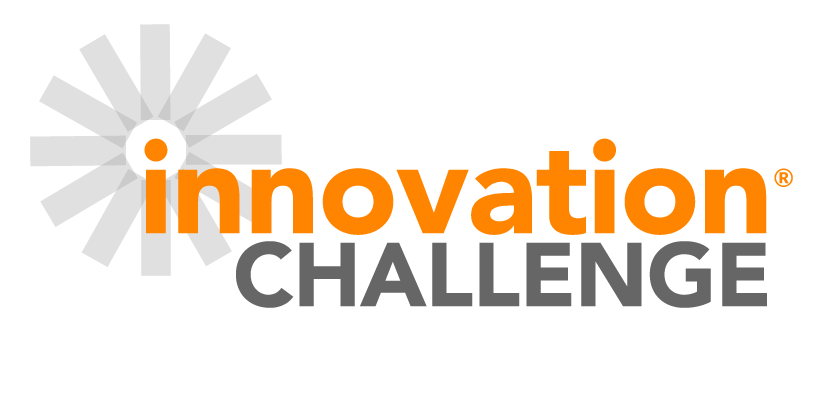Harvard Business Review: To Encourage Innovation, Make It a Competition
By Anil Rathi
Harnessing Competition for Strategic Innovation: A Guide for Breaking Down Silos
The competition format has fueled major successes in business. Fortune 500 companies like AT&T and American Express often sponsor online creativity contests to inspire innovation among their customers, while Kickstarter and other crowdfund platforms have ideas compete to win funding. And organizations can also use competitions to drive innovation within their own workforces.
For example, Thompson Reuters created a “catalyst fund” to encourage and support new ideas. To access it, teams of employees compete by presenting and defending their most compelling ideas to an innovation investment committee. The Department of Health and Human Services also recently launched a “Shark Tank”-style competition where multiple employee teams compete to pitch their best ideas to senior officials.
However, while internal competitions may sound easy enough to deploy, there are key design and management principles to consider if you want them to yield good ROI. Having helped over two hundred companies and large organizations deploy internal and external competitions, we’ve found four elements that will lead to success:
Frame the competition around a specific need. “Design the next big thing” is not a good challenge statement. Open-ended questions yield open-ended answers. Make your challenge statement or question focus on a specific problem to be solved. Consider the XPRIZE Foundation’s famed spaceflight challenge, which offered $10 million to the team first able meet these very specific criteria: “Build a reliable, reusable, privately-financed, manned spaceship capable of carrying three people to 100 kilometers above the Earth’s surface twice within two weeks.”
According to my colleague Michael Timmons, who helped drive promotion of contests at XPRIZE, this specificity was very important to the competition’s success. “If they had just announced a very open-ended challenge, such as ‘Prove commercial spaceflight is possible,’” Michael said, “they probably would have ended up with ambiguous results. Instead, teams were able to visualize the requirements of the challenge and work toward those specific goals.”
Break up challenges into manageable, implementable steps. Lay out a step-by-step process for how to participate so your employees aren’t overwhelmed. For instance, rather than ask competitors to turn in a 50-page business plan for their idea, ask them to first submit a one-page pitch. Once you narrow the candidate pool, quarter-finalists can then flesh their ideas out into full-fledged proposals. This way, all contestants get immediate, actionable feedback on their ideas, and know whether they’re on a fruitful path before committing any more time to it. This process also encourages them to learn and practice different skill sets along the way: pitching, analysis, plan preparation, etc.
Provide company resources and internal mentors. As companies grow, they build up massive repositories of knowledge, resources, and IP assets that become so large, even their own employees and executives aren’t fully aware of its breadth. Leverage this content by encouraging contestants to access this data. A similar course of action was done in the Reed Elsevier Environmental Challenge, which awarded projects that best demonstrated new ways for developing nations to access safe water. The multinational publishing company gave contestants access to all its relevant materials (e.g., maps), so they could integrate this knowledge into their submissions.
However, a company’s best resource is its staff, which is why we also recommend competitions come with internal classes, tutorials, and when possible, executive mentoring, to better guide the contestants through the idea submission process. TC Transcontinental, Canada’s largest printing company, did this to award $2 million in development funding to four ideas presented across the organization. The multidisciplinary teams of employees worked with facilitators over the course of three workshops, while coaches and subject matter experts offered their unique perspectives, feedback, and expertise to help teams further hone their ideas and concept plans.
Draw value from the competition process, not just the results. As with most new businesses and patents, most innovation contests do not lead to substantial results right away. This is true even of the best competitions designed around the principles outlined above. For that reason, it’s important to emphasize the benefits that contests yield. No matter what ultimately happens with the eventual winning idea, well-managed internal competitions teach employees new skills, connect them across multiple departments, and amplify the company’s overall creative ambience. And in our experience, after companies design and execute one competition, they often gather the important data and ideas they’ve learned to use in subsequent competitions. As this process plays out, the greatest benefit may be for the hosts of the contest, since they learn to leave their teams free to be daring so they can cultivate great ideas over time.
Anil Rathi is founder of Innovation Challenge, the world’s largest and longest running university innovation competition, and CEO of Skild, a competition studio based in Los Angeles. Over Skild/Innovation Challenge’s 11+ year history, he’s helped hundreds of organizations inspire change and highlight creativity through the power of online contests. Follow him on Twitter @mrrathi.





